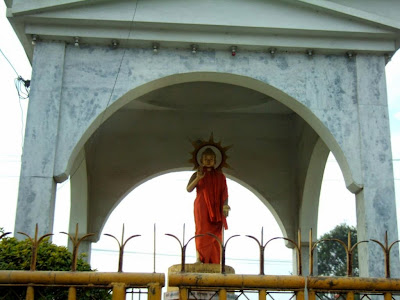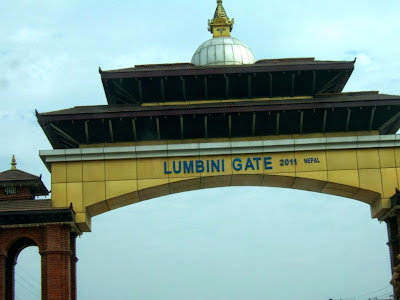
Lumbini located in the Terai Plains of southern Nepal near the border of India is one of the four sacred sites of Buddhism. It was the birth place of Shakya Prince Siddharta Gautama, The Buddha. He was the son of King Suddodhana and Queen Mayadevi, the ruler of Kapilavastu Kingdom. Buddha was born in year 623 BC under a Sal tree in the famous garden of Lumbini when his mother was on the way from the capital, Tilaurakot back to Devadaha, her family home.


Lumbini had been a holy site of pilgrimage in the early history. Chinese Monks Rev. Fa Hsien and Rev. Hsuan Tsang visited the place in 4th and 7th century respectively, followed by the visit of King Ripu Malla in 14th century. But after 15th century, the Buddhist site fell disrepair and eventually abandoned into ruins. Remains neglected for centuries until it was identified again in year 1896, when German archaeologist Dr. Fiehrer discovered the Ashoka Pillar while he was at the foothill of Churia Range.


Since the discovery in year 1896, series of further exploration and excavation within the boundaries revealed the remains of brick temple with sandstone sculpture, stupas, viharas and numerous structures. It was the site of Buddha's birth place and had been a center of pilgrimage from early times, were proven.





A flawless stone which was placed by King Ashoka in 249 BC to mark the exact location of Buddha's birth 2600 years ago, was unearthed by the side of Ashoka Pillar.



Puskarni sacred bathing pool was believed to be the pool where Queen Mayadevi took a bath before delivery.


Maya Devi Altar was built over the foundation of more than one early temple or stupa. It was believed that it most probably might seated on the site of one of the Ashoka Stupa itself.


Light offering to Maya Devi.






Paying homage to the great mother of Buddha.



Buddhist flags written with Dharma verses were hanged around the tree where a declined image of Maya Devi is enshrined underneath.




Monks are found sitting around the tree doing meditation or reciting sutta.


A visit to the museum allows you to pay homage to the precise site at where baby Prince Siddharta Gautama was born.


King Ashoka was the 3rd Mauryan ruler of India and was a devout Buddhist. He made a pilgrimage tour to this sacred site in year 249 BC with his teacher Upagupta. To commemorate his visit, he built 4 stupas and a stone pillar with a figure of horse on top in village of Lumbini. This was what he usually did in many parts of India when he paid homage to Buddhist sites.



The inscription on the pillar was translated out and identified the site as the birthplace of Buddha.




Pillar marks the spot of King Ashoka's visit.



Tibetan styled Temple Dharma Swami Maharaja Buddha Vihar built by King of Mustang is one of the two modern temples inside Lumbini Garden. Buddhist images inside the hall follow Newari style but its frescoes follow Tibetan design.



The roof edges of Tibetan Temple become the best location for bees to build their hives.




The 5 precepts of Buddhism was highlighted at Lumbini Garden entrance.



The garden of Lumbini still retains its legendary charm and beauty.

The surrounding site is endowed with rich natural setting of domestic fauna.



A natural agricultural land.











The entrance gate of Lumbini Garden.





The surroundings thick grown wood.


Lumbini Gate at town



Border line of Nepal and India.


No comments:
Post a Comment